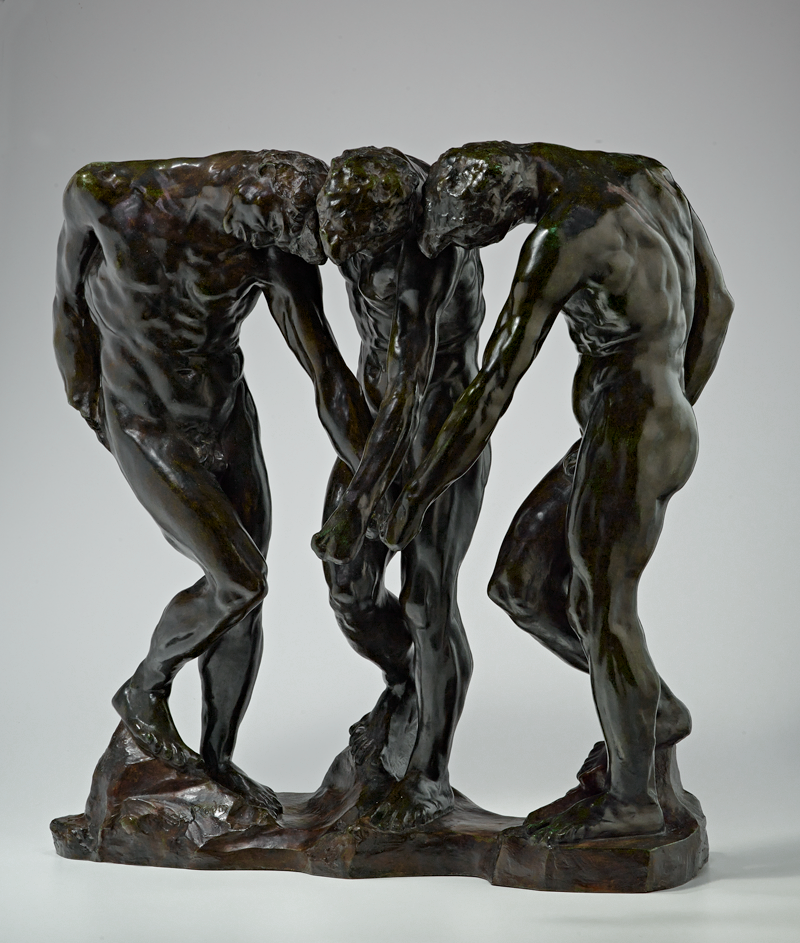By Sam Scott
This article was intended to appear in Fall 2020 Cantor magazine.
It is no exaggeration to say Auguste Rodin (French, 1840–1917) forever changed sculpture, says Patrick R. Crowley, the Cantor’s associate curator of European art.
In an era when painting enjoyed unrivaled primacy, sculpture in the 19th century was deemed a lesser medium. Rodin, Crowley says, shook the status quo.
It was “a dead medium of lifeless, inert material,” Crowley notes, adding that “sculpture in Rodin’s nimble hands comes alive, breaking free from the plinths that traditionally separated sculpted figures in stone or marble from their earthbound beholders in flesh and blood.”
Previously on faculty at the University of Chicago, Crowley recently authored a learning guide titled Recasting Rodin, which provided source material for these lesser-known insights about the sculptor and his art.

